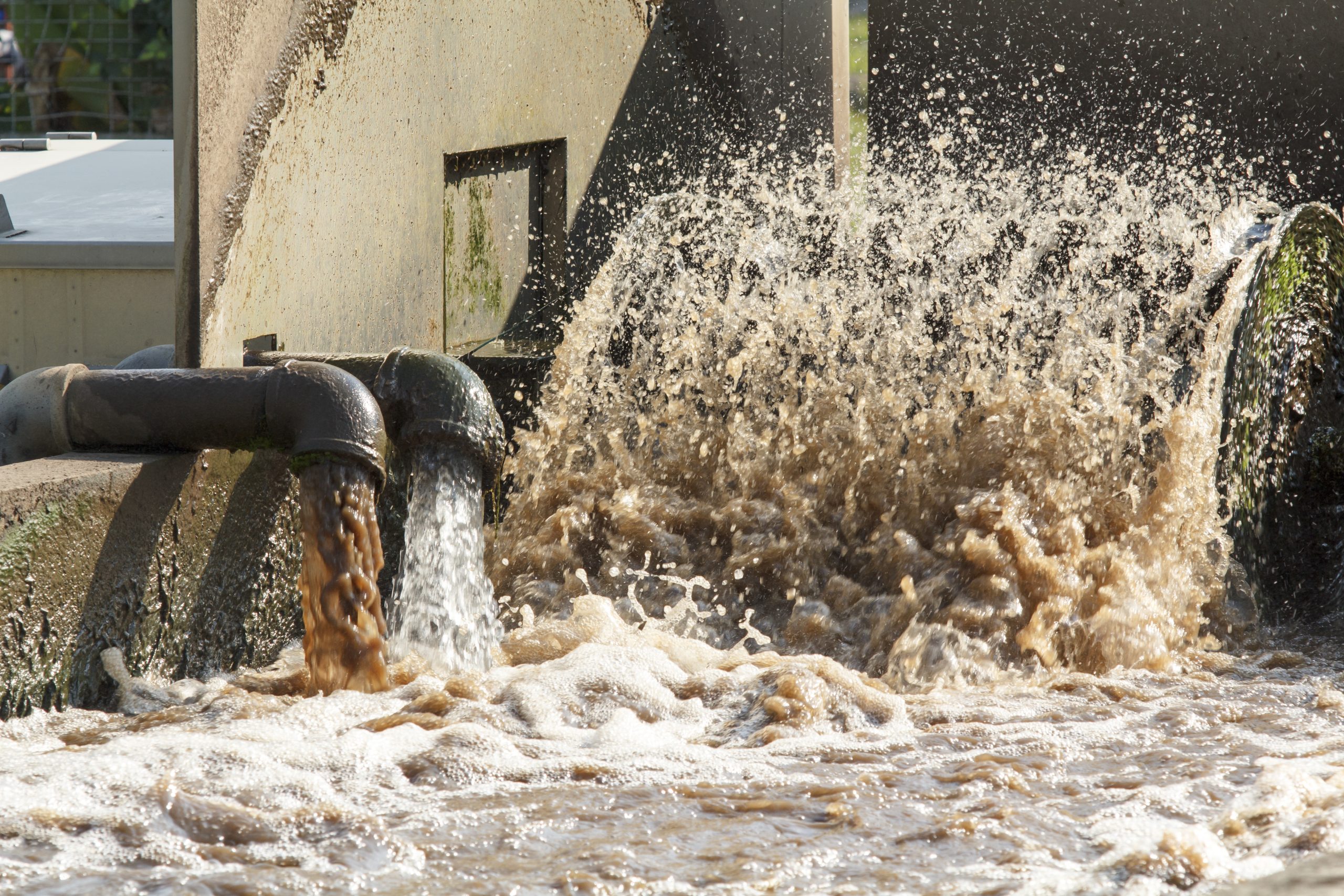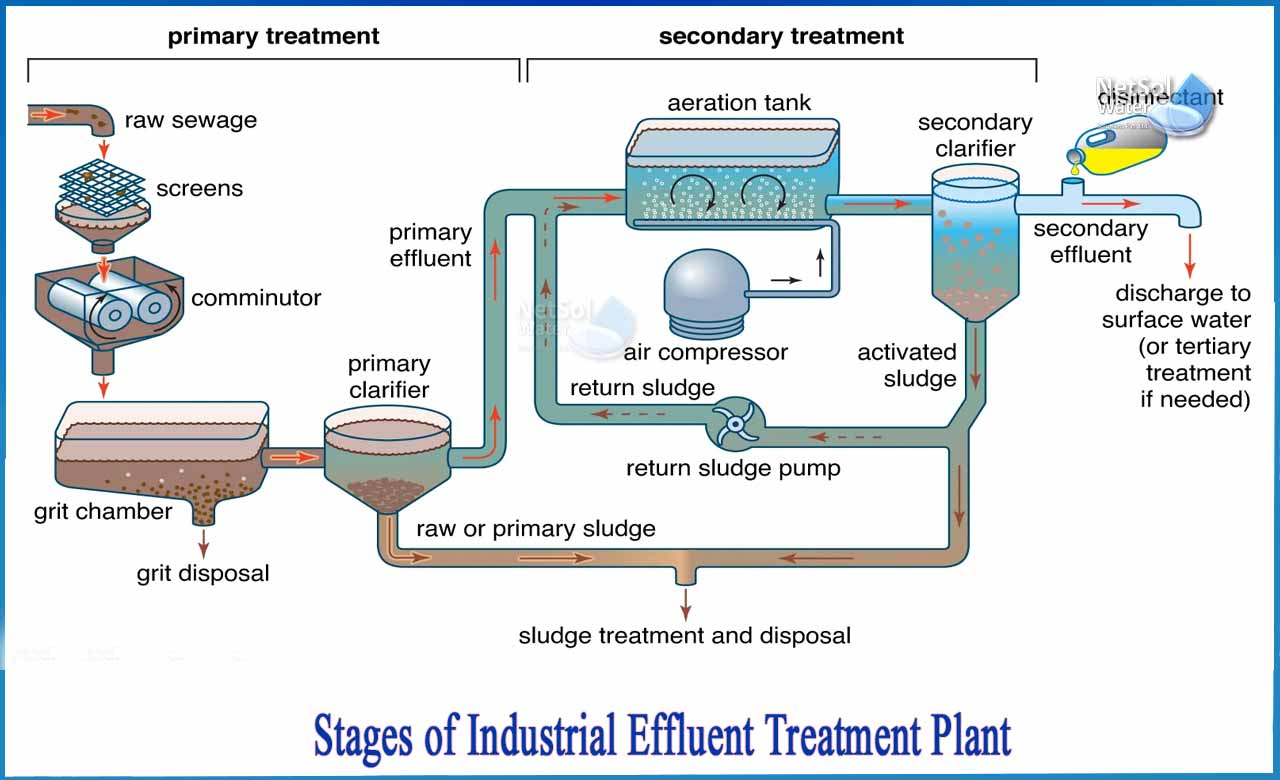Industrial Waste Water Treatment-- Effective Waste Administration for Factories
Industrial Waste Water Treatment-- Effective Waste Administration for Factories
Blog Article
Obstacles and Solutions in Hazardous Waste Water Treatment
The therapy of commercial wastewater presents a multifaceted selection of challenges, varying from rigorous governing conformity to the ins and outs of price administration and technical restrictions. The variability in waste composition further makes complex the efficiency of standard treatment approaches, usually resulting in intensified operational expenses.
Regulatory Compliance Challenges
Just how can industrial centers browse the complex landscape of governing compliance in wastewater treatment? The regulative framework controling wastewater management is multifaceted, often differing by jurisdiction and kind of industry. Facilities has to comply with government, state, and regional regulations that determine effluent quality requirements, discharge limits, and surveillance requirements. Failing to comply can result in serious penalties, consisting of fines and operational closures.
To effectively handle these conformity challenges, facilities must implement robust surveillance and reporting systems that ensure real-time data collection and evaluation. Normal audits and risk assessments can determine possible compliance gaps, permitting aggressive adjustments in treatment processes. Worker training programs concentrating on governing knowledge and finest methods are essential to foster a culture of compliance within the organization.
Furthermore, involving with regulative firms can offer valuable insights and make clear ambiguous guidelines. Facilities may likewise gain from speaking with ecological experts that focus on wastewater treatment conformity, guaranteeing that they remain abreast of evolving guidelines. By adopting these techniques, commercial centers can not only satisfy conformity needs but likewise boost their functional efficiency and environmental stewardship.
Expense and Financial Obstacles
Browsing regulatory compliance in wastewater therapy often provides considerable economic challenges for industrial facilities. The expenses linked with implementing required therapy modern technologies, maintaining compliance with strict guidelines, and taking care of functional expenditures can be daunting. Lots of companies encounter high initial capital investment for the construction or upgrading of wastewater treatment plants, which may strain budgets, especially for small and medium-sized business.
Additionally, continuous operational costs, including labor, chemical, and upkeep inputs, add to the financial burden. The changability of rising and fall power costs and the prospective requirement for additional investments to fulfill evolving laws aggravate these financial pressures. Oftentimes, the absence of economic rewards or support from government bodies makes it a lot more difficult for companies to justify financial investments in sophisticated treatment systems.
In addition, the financial practicality of wastewater treatment options is commonly questioned, especially for industries with tight earnings margins. Consequently, it is important for industrial centers to discover cost-efficient approaches, such as embracing innovative funding alternatives, taking part in collaborations, and leveraging arising innovations that can assist alleviate these economic obstacles while making certain compliance with environmental requirements.

Technological Limitations
Various technological constraints impede the efficiency of industrial wastewater therapy processes. One significant obstacle is the insufficiency of existing treatment modern technologies to resolve complicated contaminants. Several standard methods, such as turned on sludge and chemical rainfall, struggle with the elimination of emerging toxins, consisting of pharmaceuticals and microplastics. This limitation often leads to the discharge of inadequately dealt with water, which can have harmful environmental effects.
Additionally, the scalability of therapy technologies presents a challenge. While some sophisticated methods, like membrane purification or advanced oxidation, show assurance in controlled atmospheres, their execution on a larger scale can be much too expensive and technically tough. Maintenance and operational intricacies better complicate the adoption of these systems, particularly for smaller sized industries with limited technical proficiency.
The combination of real-time surveillance technologies also stays not enough in many treatment facilities. Without efficient surveillance systems, drivers can not properly examine therapy performance or detect potential failures, resulting in inconsistent effluent high quality. Attending to these technological restrictions through research and development, along with financial investment in cutting-edge options, is vital for improving the effectiveness of industrial wastewater therapy and making certain governing compliance.
Variability in Waste Make-up
In the world of commercial wastewater treatment, the variability in waste make-up provides a powerful challenge. Industries create wastewater with varied qualities, influenced by variables such as manufacturing processes, raw products, and functional techniques. This diversification complicates the therapy process, as conventional systems usually have a hard time to efficiently address the wide variety of pollutants existing.
For example, wastewater from food handling may have high levels of raw material, while effluents from chemical manufacturing might include hefty metals and unsafe compounds. This difference requires versatile treatment strategies to make sure conformity with environmental laws and safeguard public wellness. Furthermore, variations in waste composition can happen over time, affected by adjustments in production routines, upkeep activities, or the intro of brand-new products.

Cutting-edge Treatment Solutions
Cutting-edge treatment remedies are vital for addressing the complexities of commercial wastewater management. Standard methods typically drop short in successfully removing a vast array of contaminants, especially in centers with diverse find here effluent streams. Recent improvements concentrate on integrating sophisticated technologies to improve therapy performance and sustainability.
One promising hop over to these guys method is making use of innovative oxidation processes (AOPs), which leverage powerful oxidants to break down natural pollutants. AOPs, including photocatalysis and ozonation, can substantially lower poisonous substances and improve effluent high quality. Furthermore, membrane layer bioreactor (MBR) modern technology has actually gained traction, combining biological treatment with membrane filtration, resulting in premium effluent and lowered impact.
An additional cutting-edge remedy is the execution of source recuperation systems. Strategies like anaerobic food digestion not just treat wastewater but also produce biogas, which can be harnessed as a renewable resource resource. The fostering of man-made intelligence and machine understanding versions can enhance treatment procedures by forecasting variations in wastewater composition, therefore boosting operational efficiency.
These cutting-edge options not only address governing conformity but additionally advertise environmental sustainability, leading the way for a more resistant and effective commercial community.
Conclusion
In verdict, addressing the difficulties of industrial wastewater therapy calls for a complex approach that integrates governing conformity, cost management, and technological improvements. A dedication to continual renovation in therapy methodologies will ultimately contribute to the effective management of industrial wastewater and environmental protection.
The treatment of industrial wastewater presents a multifaceted range of difficulties, ranging from strict regulatory compliance to the complexities of cost management and technological limitations. Industrial Waste Water Treatment.Navigating regulatory conformity in wastewater therapy usually offers substantial monetary difficulties for industrial centers. Dealing with these technological constraints via study and advancement, together with investment in cutting-edge remedies, is critical for improving the effectiveness of industrial wastewater therapy and making sure regulative compliance
Wastewater therapy facilities must spend in durable monitoring systems and adaptable therapy technologies qualified of fitting varying influent features.In final thought, dealing with the obstacles of commercial wastewater visit this web-site treatment calls for a diverse strategy that incorporates regulatory conformity, cost monitoring, and technological advancements.
Report this page